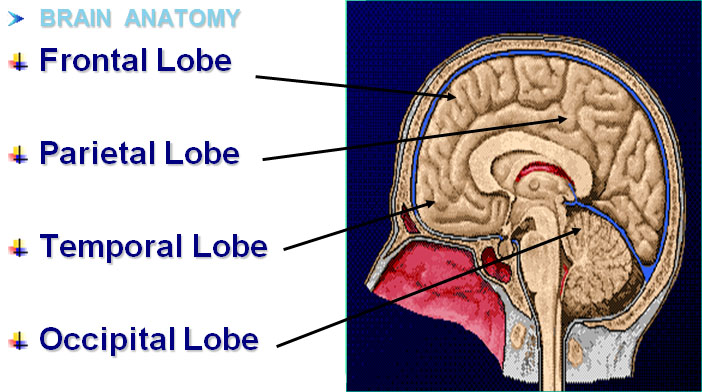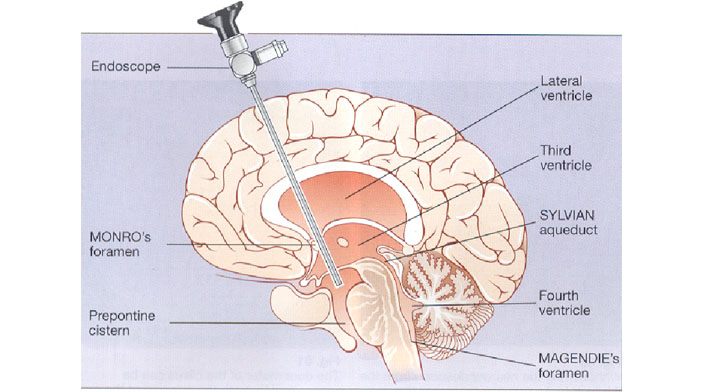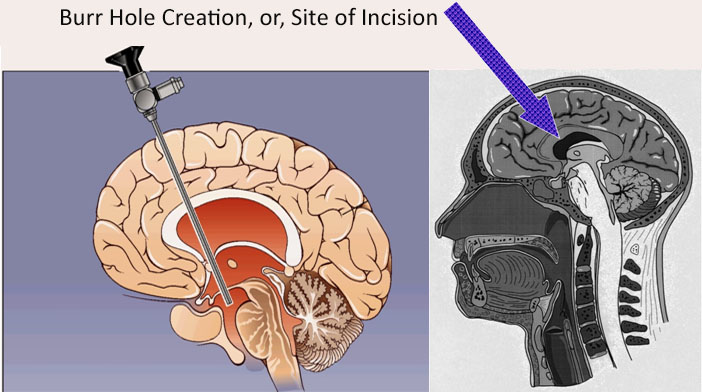

Neurotrauma is a critical public health problem that deserves the attention of the world's health community. Estimates of brain and spinal cord injury occurrence indicate that these injuries cause enormous losses to individuals, families, and communities. They result in a large number of deaths and impairments leading to permanent disabilities. Research has also shown that traumatic brain injury (TBI) usually requires long-term care and therefore incurs economic cost to health systems. For this reason, many countries need to develop surveillance systems and conduct epidemiologic studies to measure the impact of neurotrauma among their people to guide the development of more effective preventive methods. A number of methods have already proven effective, such as the use of motorcycle helmets, head supports in vehicles or on sports equipment.



| Ventricular Surgery | Tumor Surgery |
|---|---|
| Shunt / Stent Placement | Biopsy ventricular tumors. |
| Making alternative way for cysts/ Fenestration of cysts. | Resection/cutting open ventricular tumors. |
| Third Ventriculostomy | Evacuation of haematomas (blood clots) / cysts. |
| Skull base surgery complications. |
Hydrocephalus (Water in Brain)
Excess of fluid (CSF) or water due to overproduction in the brain existing generally in the different ventricles. Surgery is named as Third Ventriculostomy.
Resection/Cutting of Colloid cyst and Tumor Diagnosis
Collection of gelatinous material, generally found in the third ventricle of brain.
Treatment of Arachnoid cysts
These are CSF (Cerebro Spinal Fluid) filled sacs, which are inborn or, congenital lesions existing on the Arachnoid layer of the brain.
Tumor Biopsy and Haematomas
Haematomas are blood clot formations existing in any of the several layers of the brain. (Duramater, Piamater, Arachnoid)
